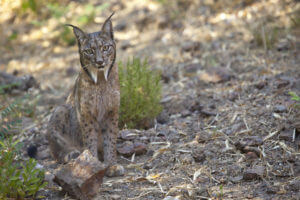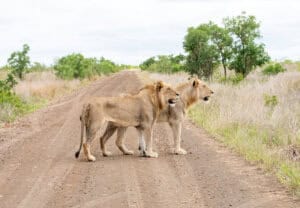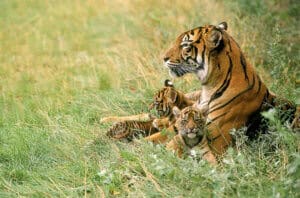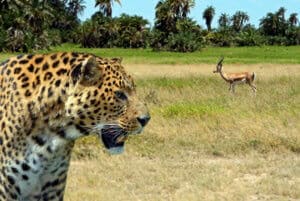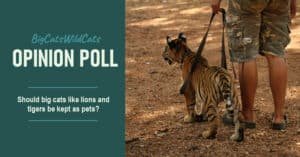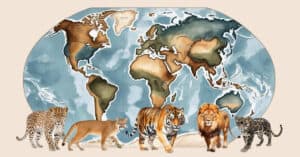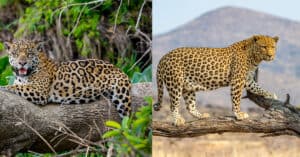Governments around the world play a crucial role in wild cat conservation. Through national parks departments, wildlife agencies, and environmental ministries, they help protect wild cats by creating laws, managing protected areas, funding research, and working with communities. These programs often focus on endangered or threatened species, setting up action plans to monitor populations, reduce poaching, and preserve natural habitats.
One key type of government effort involves creating and managing protected areas, such as national parks, wildlife refuges, and biosphere reserves. These areas serve as critical safe zones for wild cats and their prey. Governments may also run species recovery programs, which include breeding initiatives, relocation efforts, and population surveys to ensure long-term survival in the wild.
In addition to field conservation, governments often support international partnerships and agreements—such as CITES (Convention on International Trade in Endangered Species) and CMS (Convention on Migratory Species)—to protect wild cats across borders. They may also work with indigenous and local communities to promote coexistence, provide education about wildlife, and fund conservation jobs.

